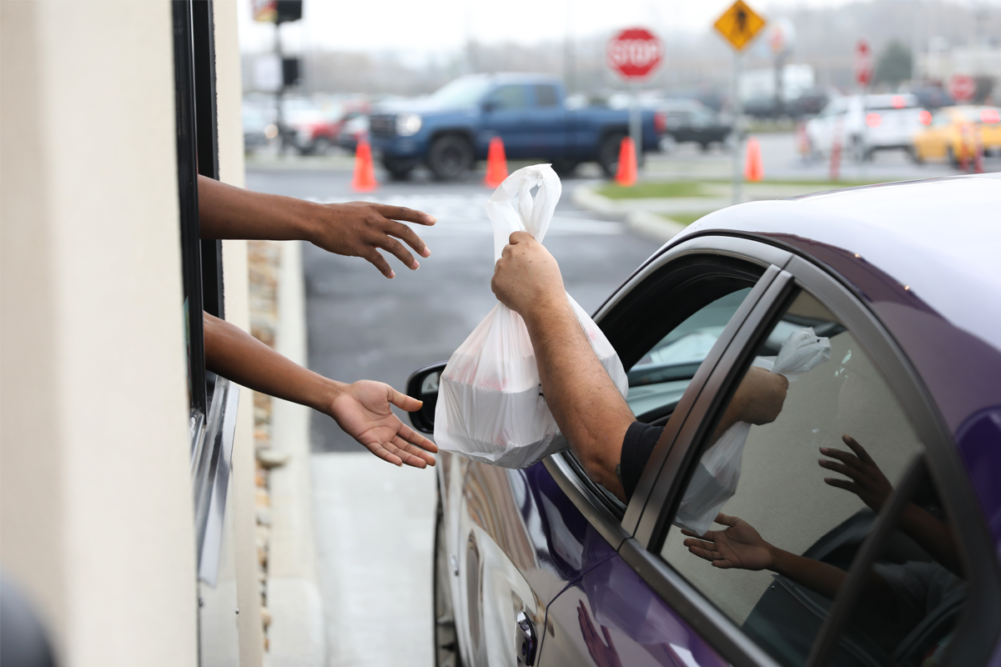Hudson Riehle, senior vice president of research for the National Restaurant Association, points out that inflation is shifting consumer spending habits, and while there is a heightened appetite for restaurant experiences and connection, diners are laser focused on finding value. “The challenge is how to fuse consumer desires for the new and trendy with their expectations for price paid.”
The foodservice industry ended last year in an environment that’s the most typical since 2019, Riehle said. Food and labor costs are the two most significant line items for a restaurant, each accounting for approximately 33 cents of every dollar in sales. Other expenses — such as utilities, occupancy, supplies, general/administrative and repairs/maintenance — combine to represent about 29% of sales. A strong majority of operators say food, labor and energy/utility costs are currently significant challenges for their restaurant.
Operators continue to have to make difficult choices to manage their profitability — everything from reducing hours to postponing expansions and even eliminating third-party delivery. Actions taken include:
- 87% of restaurants increased menu prices
- 59% changed the food and beverage items offered on the menu
- 48% reduced hours of operation on days open
- 32% closed on days that normally open
- 38% of operators say they postponed plans for expansion
- 13% of operators say they eliminated third-party delivery
- 19% postponed plans for new hiring
In the last 23 months, restaurants added nearly 2.2 million jobs. That’s 400,000 more jobs than the next closest industry — professional and business services — added in the same period, but the industry is still 462,000 below its employment level in February 2020.
According to the survey, a majority of both fullservice operators (63%) and limited-service operators (61%) say their restaurant does not have enough employees to meet customer demand.
Operators are actively looking to boost staffing levels, with 87% saying they will likely hire additional employees during the next 6-12 months if there are qualified applicants available. But 79% of operators say their restaurant currently has job openings they are having difficulty filling.
At the same time, restaurant operators will continue to balance staffing needs with business conditions. 57% of operators say they would be likely to lay off employees during the next 6-12 months if business conditions deteriorate and the U.S. economy enters a recession.
“The restaurant and foodservice industry is fueling the American economy. Our hiring rate and wage increases are outpacing the overall private sector, and this year our industry will contribute nearly $1 trillion to the economy,” said Michelle Korsmo, president & chief executive officer of the National Restaurant Association.





